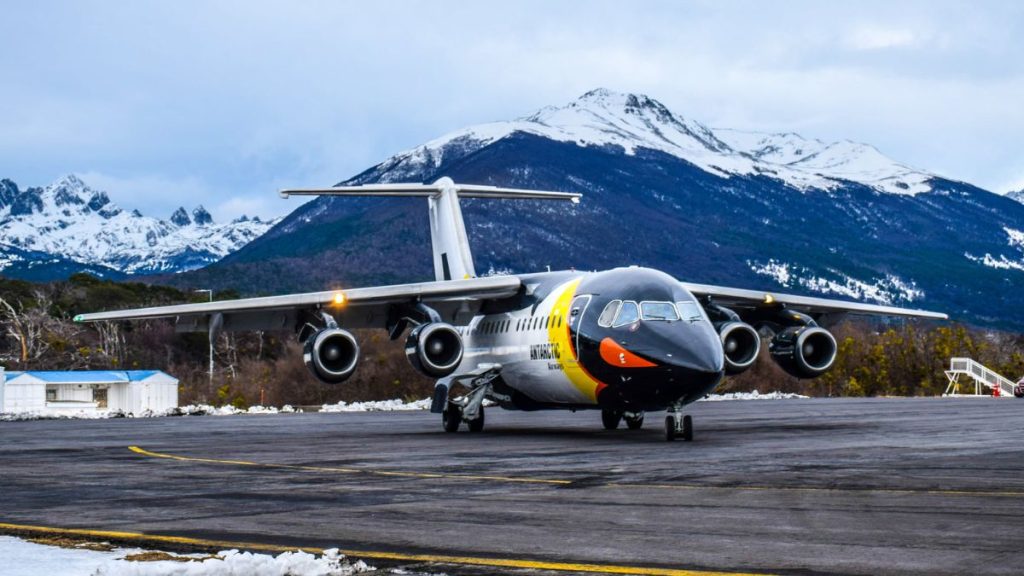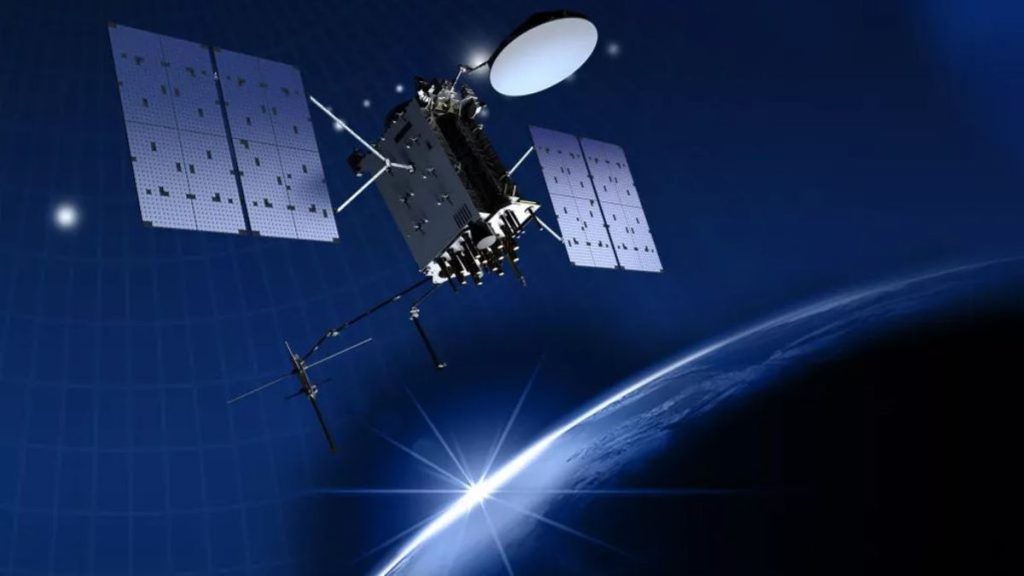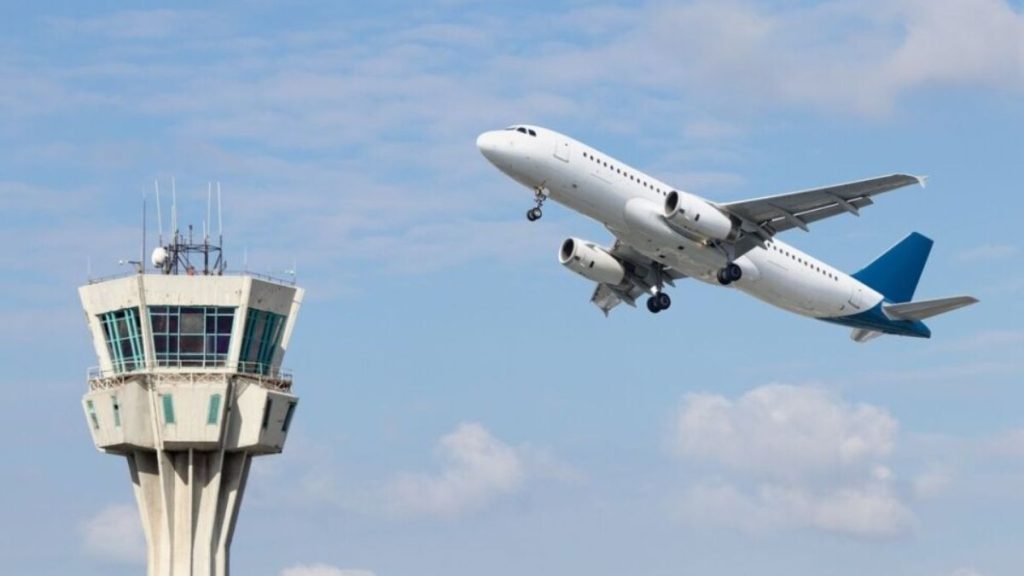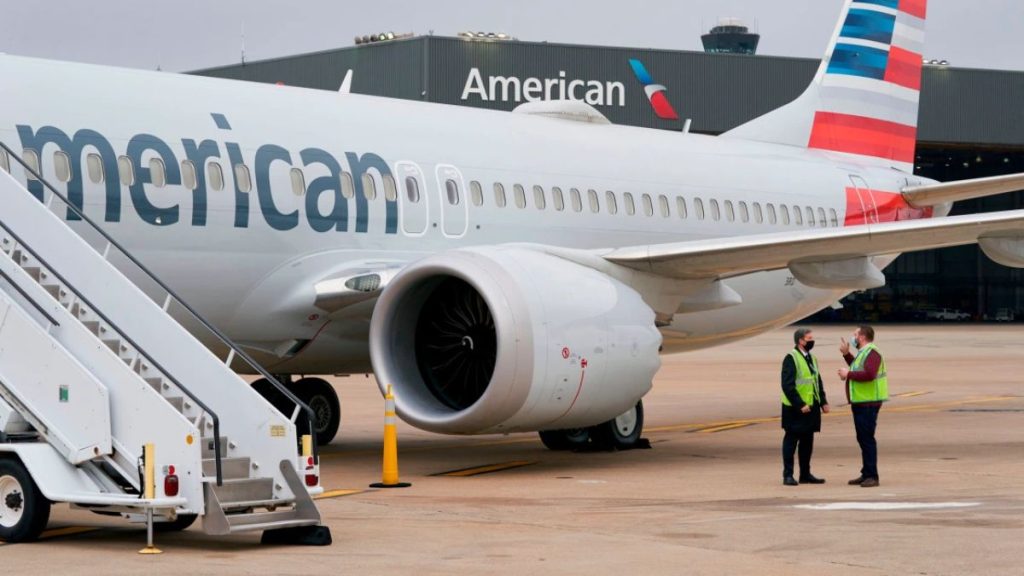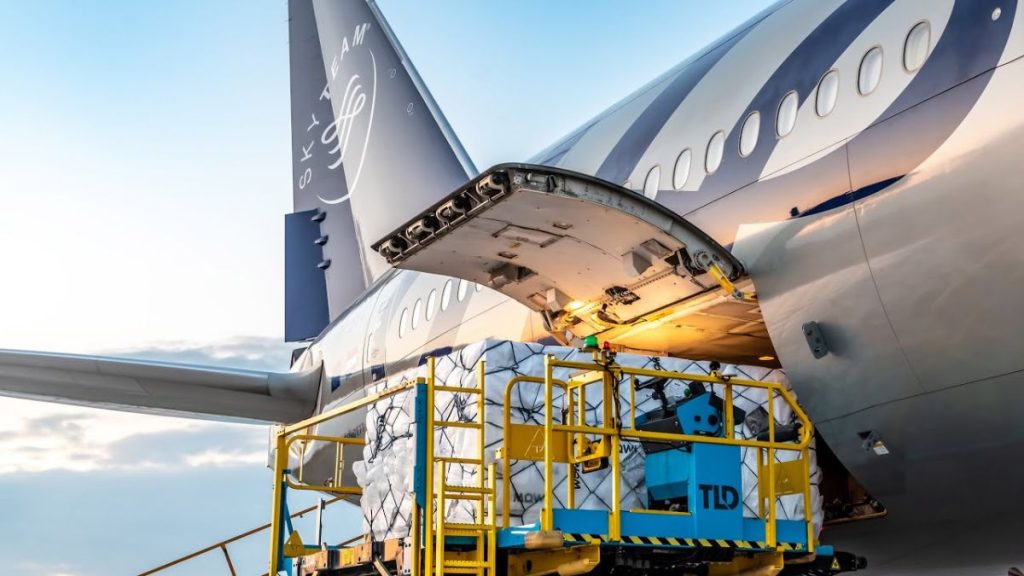In a major milestone for India’s Antarctic research program a Soviet-era Ilyushin IL-76 aircraft, nicknamed ‘Gajraj,’ departed from Manohar International Airport in Mopa, Goa, on October 2, carrying 18 tonnes of critical expedition cargo destined for Antarctica via Cape Town, South Africa.
The mission, executed under the leadership of the National Centre for Polar and Ocean Research (NCPOR), represents India’s first-ever polar expedition cargo flight, setting a new benchmark in the country’s logistics and research capabilities for extreme-weather scientific operations.
Strengthening India’s Polar Logistics Capabilities
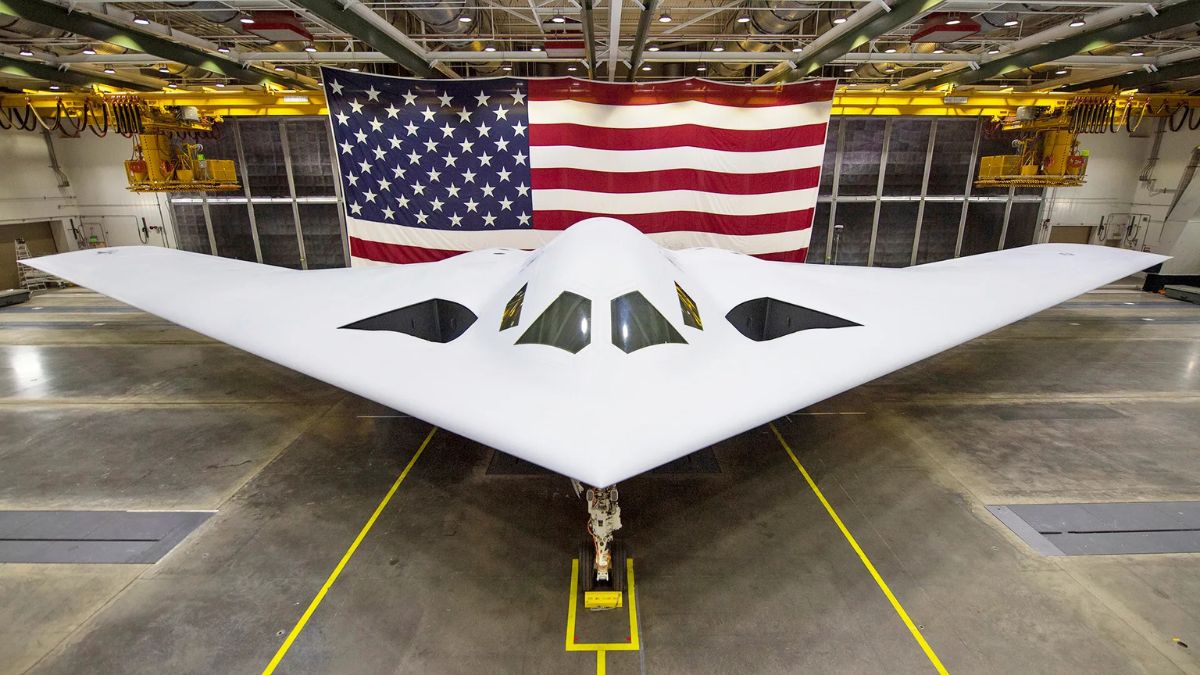
The landmark flight marks a significant step toward self-reliant logistics in polar research. For decades, India’s Antarctic research supplies have relied primarily on sea shipments that took over 40 days to reach the continent.
“This direct route strengthens India’s self-reliant polar logistics and underscores our commitment to cutting-edge Antarctic research,” said Dr. Thamban Meloth, Director of NCPOR. “The cargo will support ongoing studies in glaciology, oceanography, and climate science at our Bharati and Maitri research stations.”
The Mission and Its Route
The IL-76 Gajraj, operated under the Dronning Maud Land Air Network (DROMLAN) — a multinational collaboration involving 11 countries — embarked on its historic journey from Goa to Cape Town. From there, it will proceed to Troll Airfield in Antarctica, a 3.3-km-long blue ice runway located near Norway’s Troll Research Station.
The airfield, constructed on naturally solidified ice, allows heavy aircraft like the IL-76 to land safely using low-pressure tires and precise landing techniques to maintain traction and stability on the frozen surface.
Cargo Details: Supporting India’s Polar Research Stations
The aircraft carried a carefully curated 18-tonne load of supplies, including:
- Medicines and medical kits for researchers.
- Food supplies and emergency rations for long-duration expeditions.
- Scientific instruments and field research equipment for climate, ocean, and ice studies.
These supplies are critical for sustaining India’s two Antarctic research bases — Bharati (established in 2012) and Maitri (commissioned in 1989) — which are located thousands of kilometers apart on the icy continent.
The airlifted cargo ensures that essential materials reach scientists faster, safer, and in better condition than through traditional shipping routes.
From Sea to Sky: Redefining Polar Logistics
Until now, NCPOR primarily relied on maritime routes via Cape Town, which involved long transit durations, unpredictable weather, and the challenge of navigating through pack ice.
The new air logistics model significantly reduces delivery time — from over a month to just a few days — revolutionizing India’s ability to conduct time-sensitive research and field operations.
According to NCPOR officials, this will also enhance India’s readiness to handle emergencies or urgent scientific needs at its Antarctic stations.
The IL-76: A Proven Workhorse for Extreme Missions
The Ilyushin IL-76, designed by the Soviet Union in the 1970s, is a four-engine turbofan strategic airlifter known for its ability to operate in rugged and remote terrains.
With a maximum payload capacity exceeding 50 tonnes, the aircraft can transport heavy machinery, vehicles, and personnel across thousands of kilometers, even in sub-zero conditions.
Its long-range endurance and robust structure make it the perfect choice for missions to the world’s most inaccessible regions — including Antarctica, where runways are made of compressed ice rather than asphalt.
Goa’s Manohar International Airport Plays Key Role
The flight also marks a historic first for Manohar International Airport (MIA), which handled its first-ever IL-76 operation and the third major cargo charter within two years.
Operated by GMR Goa International Airport Ltd. (GGIAL), the airport’s cargo logistics division (GGACL) managed the complex handling and loading procedures required for polar-bound cargo.
Officials from the airport emphasized the significance of this achievement, noting that Goa has now established itself as India’s logistical gateway to Antarctica.
DROMLAN: A Global Network for Antarctic Collaboration
The Dronning Maud Land Air Network (DROMLAN) serves as an international cooperative system connecting research bases across Queen Maud Land in East Antarctica.
It includes nations such as Norway, Germany, South Africa, Belgium, and the UK, all working together to share air transport infrastructure, coordinate flight operations, and minimize environmental impact in polar regions.
By joining DROMLAN operations, India has aligned itself more closely with global scientific networks, ensuring smoother coordination of its polar logistics in the years to come.
Boosting India’s Antarctic Research Mission
India’s Antarctic research program, initiated in 1981, is managed by the National Centre for Polar and Ocean Research (NCPOR) under the Ministry of Earth Sciences (MoES).
Over four decades, India has successfully conducted 40+ Antarctic expeditions, focusing on areas such as climate change, ice-core analysis, ocean currents, biodiversity, and atmospheric science.
With the launch of this new air-based logistics model, India is set to further expand the scope and efficiency of its scientific missions, enabling researchers to access real-time data and maintain uninterrupted field operations.
Quotes from Officials and Experts
Dr. Meloth emphasized that this new route demonstrates India’s evolving technological and operational capabilities in extreme conditions:
“We are entering a new era of Antarctic research logistics. Air-based cargo movement not only saves time but ensures that scientists get the materials they need precisely when they need them.”
A senior logistics coordinator from NCPOR added that such missions will continue based on seasonal requirements and budget allocations.
“These are specialized flights with no other Indian users, so the aircraft was chartered exclusively for our expedition,” the official explained.
A New Chapter in India’s Scientific Diplomacy
This mission also symbolizes India’s growing presence in global scientific cooperation. By contributing to international research in the Antarctic Treaty System, India is reinforcing its commitment to peaceful and collaborative scientific exploration.
Furthermore, it strengthens India’s stance as a responsible member of the global climate research community, actively studying the effects of Antarctic ice melt on sea levels and global weather systems.
Future Missions and Expansion Plans
Following this successful operation, NCPOR is considering regular cargo flights to Antarctica in the coming research seasons.
The decision will depend on factors such as:
- Volume of cargo and research equipment required each season.
- Budget approvals from the Ministry of Earth Sciences.
- Availability of charter aircraft through DROMLAN and partner nations.
Officials indicated that such missions could eventually include return flights carrying research samples, waste material, and equipment for servicing or replacement.
India’s Antarctic Legacy: From Sea Expeditions to Sky Missions
Since the launch of its first Antarctic expedition in 1981, India has transitioned from sea-based exploration to a modern, hybrid air-sea supply chain model.
The establishment of permanent research bases — Dakshin Gangotri (1983), Maitri (1989), and Bharati (2012) — marked India’s evolution as a key player in polar science.
Now, with the successful operation of its first Antarctic cargo flight, India has taken the next leap — merging scientific innovation with logistical independence.
Conclusion: Goa Emerges as India’s Gateway to the South Pole
The October 2 mission not only symbolizes India’s technical and logistical strength but also highlights Goa’s growing role as a strategic scientific and cargo hub.
With the successful take-off of “Gajraj,” India has firmly positioned itself as a nation capable of conducting high-precision scientific logistics in the harshest conditions on Earth.
As the IL-76 soars toward the icy expanse of Antarctica, it carries not just cargo — but a message of India’s commitment to global science, sustainability, and exploration.
FAQs
1. What is the significance of India’s first Antarctic cargo flight?
It marks the first time India has directly airlifted expedition supplies to Antarctica, drastically reducing delivery time and enhancing self-reliance in polar logistics.
2. Which aircraft was used for the mission?
A Soviet-era Ilyushin IL-76 (Gajraj) aircraft was chartered for the operation under the DROMLAN international network.
3. What supplies were transported?
The flight carried 18 tonnes of medicines, food, and scientific equipment for researchers at the Bharati and Maitri stations.
4. Why was the flight launched from Goa?
Goa’s Manohar International Airport handled the specialized cargo due to its advanced logistics capabilities and strategic coastal location.
5. Will there be more such missions in the future?
Yes. NCPOR has indicated that similar missions may be planned for upcoming Antarctic seasons, depending on operational needs and funding.















